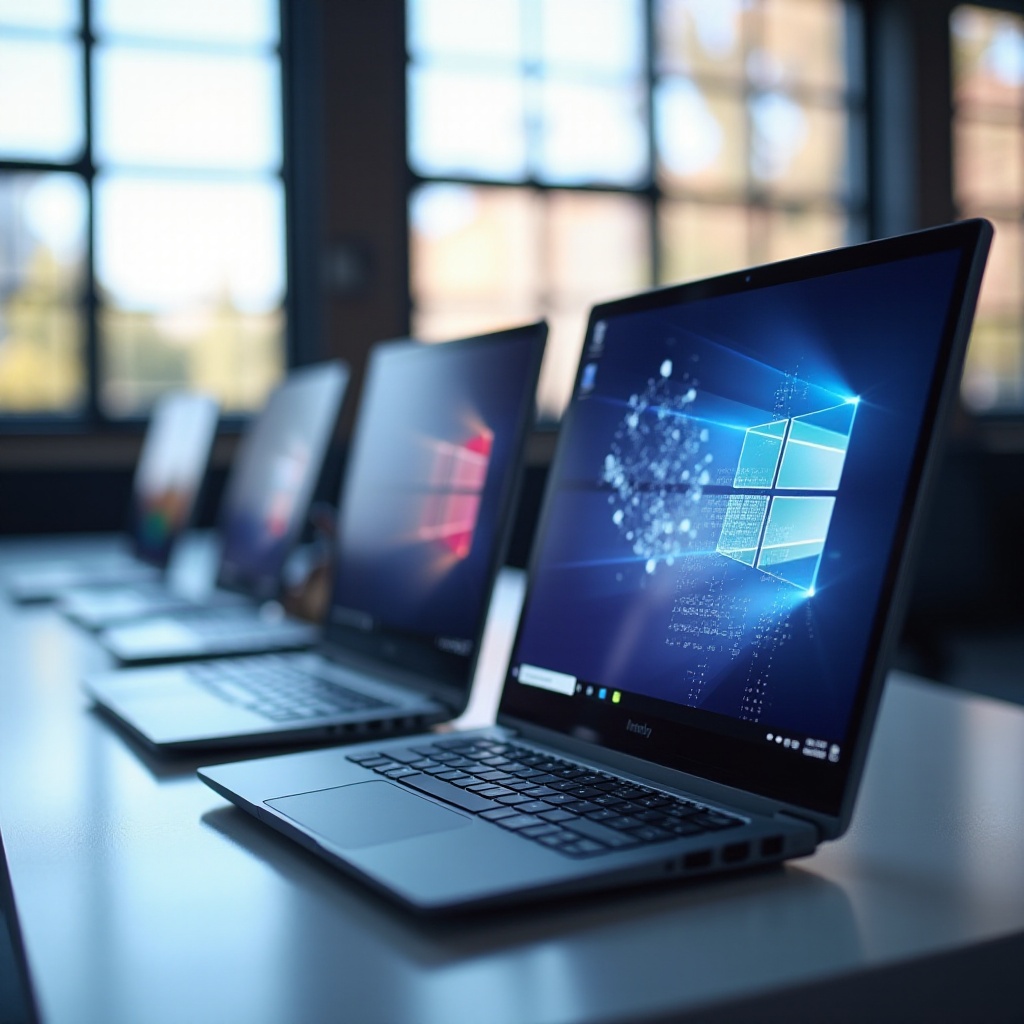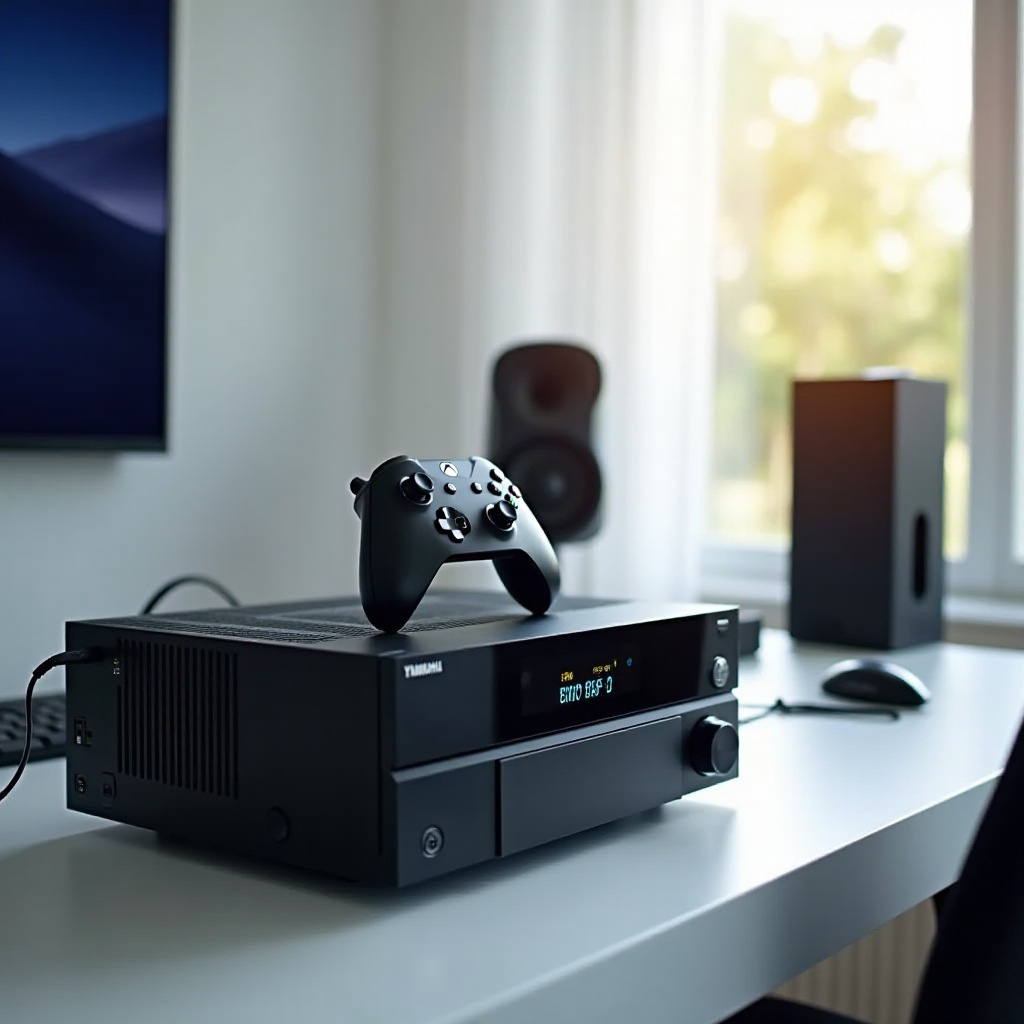Troubleshooting the Sound of Running Water in Your Water-Cooled PC
Introduction
Hearing the sound of running water coming from your water-cooled PC can be annoying and worrying. Not only does it disrupt the peaceful environment, it can also indicate underlying issues impacting your computer’s performance. This comprehensive guide will help you understand, diagnose, and fix the source of this water flow noise. By the end, you’ll be well-equipped with the knowledge to maintain a quiet, well-functioning water-cooling system.

Understanding Water Cooling Systems
Water cooling systems are designed to efficiently manage heat in high-performance computers. They are often used by enthusiasts and gamers who need to keep their PCs cool under heavy loads. To effectively troubleshoot noise issues, it's essential to understand the basics of how these systems work.
Key Components of a Water Cooling System
A typical water cooling system consists of several key components:
- Radiator: Helps dissipate heat absorbed by the coolant.
- Pump: Circulates coolant through the system.
- Reservoir: Holds excess coolant and allows for expansion.
- Coolant: A liquid that transfers heat from the components to the radiator.
- Tubes: Connect the various elements, allowing the coolant to flow between them.
How Water Cooling Systems Work
The pump pushes coolant from the reservoir through the tubes and into the components that need cooling, such as the CPU and GPU blocks. The coolant absorbs heat from these components and moves to the radiator, where fans help dissipate the heat. Cooled coolant then returns to the reservoir, and the cycle continues.
Understanding this process is crucial for identifying where noise might be occurring and why.

Common Causes of Water Flow Noise
When you hear the sound of running water in your PC, several common issues could be to blame. Let's explore these potential causes and understand how they affect your cooling system's performance.
Air Bubbles in the Water Loop
One of the most common causes of noise in water cooling systems is air trapped in the loop. When air bubbles get stuck in the pump or tubes, they can create a gurgling sound as the pump pushes coolant through the system.
Faulty Pump Operation
Another frequent issue is a malfunctioning or poorly configured pump. A pump that’s not running at the correct speed, or is on the verge of breaking down, can produce noise. This noise might sound like humming, grinding, or even running water.
Loose or Damaged Fittings
Loose fittings or damaged tubes can also create noise. When connections are not secure, they can let air into the system, leading to the noise you hear. Additionally, any leaks caused by these loose fittings can cause further issues.

Diagnosing the Source of Noise in Your PC
To effectively diagnose the source of the noise, you need to perform a series of inspections and tests. This process will help you pinpoint the exact cause and take appropriate steps to resolve it.
Visual Inspection for Air Bubbles
Start by visually inspecting the cooling loop:
- Check the Reservoir: Look for bubbles when the pump is running.
- Inspect Tubing: Observe for small air pockets moving along the tubes.
If you notice air bubbles, your system likely needs to be bled to remove the trapped air.
Listening to Pump and Flow Meter Sounds
Next, listen closely to the pump and any flow meters:
- Pump Sounds: Place your ear close to the pump. If you hear consistent gurgling or a rattling noise, there may be air trapped inside.
- Flow Meter: If your system includes a flow meter, listen for irregular sounds indicating flow disturbances.
Checking Tubing and Fittings
Ensure all tubing and fittings are secure:
- Tighten Connections: Check for any loose or leaking fittings and tighten them appropriately.
- Inspect Tubes: Look for any signs of wear or damage. Replacing worn-out tubes can prevent leaks and noise.
Step-by-Step Solutions to Fix Water Flow Noise
Once you’ve identified the potential source of noise, follow these steps to resolve it:
Bleeding Air from the Cooling System
To remove trapped air:
- Refill the Reservoir: Ensure it's filled with coolant.
- Run the System: Tilt your PC slightly while the pump is running to help air bubbles escape to the reservoir.
- Use a Fill Port: If available, use a top-fill port to add coolant, allowing air to escape more easily.
Adjusting and Fixing Pump Settings
If the pump is the issue:
- Check Pump Speed: Some pumps have adjustable speeds via BIOS or software. Lower speeds can reduce noise.
- Reposition the Pump: Ensure it’s mounted securely to avoid vibrations.
Replacing Noisy or Faulty Components
As a last resort:
- Replace the Pump: If the pump is worn out or too noisy, replace it with a quieter, more reliable model.
- Upgrade Components: Newer, high-quality parts can significantly reduce noise levels.
Preventive Maintenance Tips for a Quiet System
To keep your water-cooled system running quietly, regular maintenance is key:
Regularly Checking Fluid Levels
Ensure fluid levels stay within optimal ranges:
- Monitor Coolant Levels: Check the reservoir regularly. Top off with fresh coolant as needed.
Cleaning and Flushing the System
Every few months:
- Drain and Clean: Drain the coolant and flush the system with distilled water.
- Refill with Fresh Coolant: Using new coolant can prevent contamination and reduce noise.
Using High-Quality Coolant and Additives
Invest in quality products:
- Coolant: Choose a high-quality coolant with anti-corrosion additives.
- Anti-Algae Solutions: Prevent algae growth, which can clog and eventually damage the system.
Conclusion
Hearing running water in your water-cooled PC is not just a nuisance; it can indicate deeper problems in your cooling system. By understanding the common causes of noise, diagnosing the source, and following detailed solutions, you can ensure your PC remains quiet and performs optimally. Regular maintenance and the use of high-quality components will prevent future issues, keeping your system in top shape.
Frequently Asked Questions
Why does my water-cooled PC sound like running water?
This sound is often caused by air bubbles trapped in the cooling loop or a malfunctioning pump. It can indicate that the system needs to be bled of air or that certain components may need adjustment or replacement.
How often should I maintain my water cooling system?
Routine maintenance should be performed every three to six months. This includes checking coolant levels, cleaning, and inspecting for worn or damaged components.
What type of coolant is best for reducing pump noise?
Using a high-quality, premixed coolant designed for PC water cooling systems is recommended. These coolants often contain anti-corrosion and anti-algae additives, which help maintain system integrity and reduce noise.




